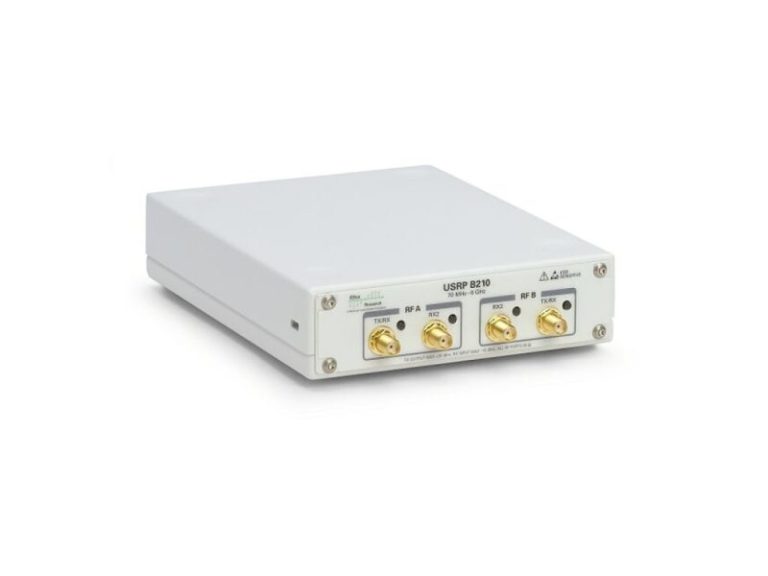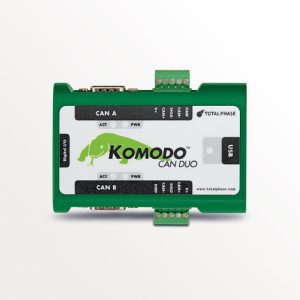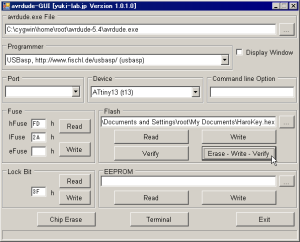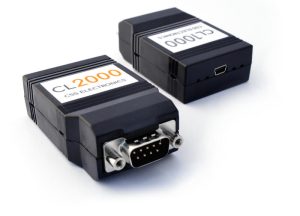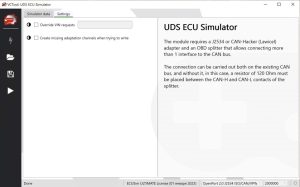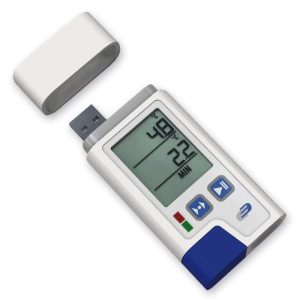Are you interested in exploring the world of software-defined radios (SDRs)? Then look no further than the USRP SDR from Ettus Research, a National Instruments brand. This powerful and flexible device is the perfect tool for engineers, researchers, and hobbyists alike who are looking to experiment with radio communication and signal processing.
The USRP SDR is a hardware platform that can be programmed to operate as a variety of different radio devices, including transceivers, receivers, and transmitters. With a wide frequency range of 10 MHz to 6 GHz and a large bandwidth of up to 120 MHz, this device can handle a wide range of applications, from amateur radio experimentation to advanced wireless research.
One of the most exciting features of the USRP SDR is its flexibility. Because the device is programmable, it can be customized to perform a variety of different functions. This allows users to experiment with different radio protocols and techniques, and to develop new and innovative applications. And because the USRP SDR is compatible with a variety of different software packages, users can choose the programming environment that best fits their needs.
The USRP SDR is also designed with the user in mind. The device is easy to set up and use, with an intuitive user interface and a variety of helpful tutorials and resources available online. And because the USRP SDR is built with high-quality components and rigorous testing, users can be confident in its reliability and performance.
In addition to its technical capabilities, the USRP SDR is also backed by a strong community of users and developers. The device has been used in a variety of different research projects, from exploring new wireless technologies to detecting and analyzing signals from outer space. And because the USRP SDR is an open platform, users are free to share their code and ideas with others, contributing to a collaborative and dynamic community.
Whether you are an experienced radio engineer or just starting out, the USRP SDR is a powerful and flexible tool that can help you explore the exciting world of software-defined radios. So why not join the community today and start experimenting with this cutting-edge technology?
The USRP SDR is a hardware platform that can be programmed to operate as a variety of different radio devices, including transceivers, receivers, and transmitters. This is made possible by the use of field-programmable gate arrays (FPGAs), which allow users to program the device to perform specific functions.
The USRP SDR has a wide frequency range of 10 MHz to 6 GHz and a large bandwidth of up to 120 MHz, making it suitable for a wide range of applications. Some of the most common applications include:
- Amateur radio experimentation: Amateur radio operators (also known as hams) can use the USRP SDR to experiment with different radio protocols and techniques, and to develop new and innovative applications.
- Wireless research: The USRP SDR is often used in academic research, where it is used to study wireless communication protocols and to develop new technologies.
- Spectrum monitoring: The USRP SDR can be used to detect and analyze signals in the radio spectrum, making it useful for a variety of applications, including law enforcement, security, and radio astronomy.
One of the key advantages of the USRP SDR is its flexibility. Because the device is programmable, it can be customized to perform a wide range of functions. This allows users to experiment with different radio protocols and techniques, and to develop new and innovative applications.
The USRP SDR is also designed with the user in mind. The device is easy to set up and use, with an intuitive user interface and a variety of helpful tutorials and resources available online. And because the USRP SDR is built with high-quality components and rigorous testing, users can be confident in its reliability and performance.
The USRP SDR is compatible with a variety of different software packages, including GNU Radio, MATLAB, and LabVIEW. This allows users to choose the programming environment that best fits their needs.
Finally, the USRP SDR is backed by a strong community of users and developers. The device has been used in a variety of different research projects, and users are free to share their code and ideas with others, contributing to a collaborative and dynamic community.
In summary, the USRP SDR is a powerful and flexible tool that can help users explore the exciting world of software-defined radios. With its wide range of applications, ease of use, and strong community, it is an excellent choice for anyone interested in radio communication and signal processing.
Advantages:
- Flexibility: The USRP SDR is a highly flexible device that can be programmed to perform a wide range of functions, making it suitable for a variety of different applications.
- Wide Frequency Range and Bandwidth: The USRP SDR has a wide frequency range of 10 MHz to 6 GHz and a large bandwidth of up to 120 MHz, making it suitable for a wide range of applications.
- Easy to Use: The USRP SDR is designed with the user in mind and is easy to set up and use, with an intuitive user interface and a variety of helpful tutorials and resources available online.
- High-Quality Components: The USRP SDR is built with high-quality components and rigorous testing, ensuring its reliability and performance.
- Strong Community: The USRP SDR is backed by a strong community of users and developers, who share their code and ideas with others, contributing to a collaborative and dynamic community.
Disadvantages:
- Cost: The USRP SDR can be expensive, making it less accessible to hobbyists and those with limited budgets.
- Complexity: The USRP SDR is a complex device that requires some technical expertise to use effectively.
- Limited Compatibility: Although the USRP SDR is compatible with a variety of different software packages, some users may find that it does not work with their preferred software.
- Limited Bandwidth for Certain Applications: Although the USRP SDR has a large bandwidth of up to 120 MHz, some users may require even larger bandwidths for certain applications.
- Limited Portability: The USRP SDR is not as portable as some other SDRs, which may make it less suitable for certain applications.
In summary, while the USRP SDR offers many advantages, such as flexibility, wide frequency range and bandwidth, and a strong community, it also has some disadvantages, such as cost, complexity, and limited compatibility. As with any technology, it is important to carefully consider your specific needs and requirements before deciding whether the USRP SDR is the right choice for you.

